Healing from Handicap
6 years ago by
There are two distinctly different halves of my life. The first half was one spent on operating tables, hobbling around on crutches for years at a time, finding ways to wear clothes that fit over the metal cage fixed to my leg (snap away pants–thank you), and patiently answering the same questions from curious strangers like “Oh, No, What Happened?!” Or, my personal favorite, “Oh, No, What’s Wrong?!”. The second half of my life hasn’t actually been a half at all– more like the last five years– and is one where I’ve gotten to know the simple pleasure of moving through life crutches-free and questions-free without orthotics, without unsolicited prayers of healing over my body in airports (yes, this happened often) without meeting someone new and waiting for the moment when we talk about why I’m on crutches, and without basing my life’s plans around future surgeries.
I was born with a congenital short femur and tibia and no fibula at all, which came as quite the surprise to both my parents and the doctors who delivered me. There was no sign of physical deformity in any of the ultrasounds leading up to my birth, and there was no medical family history that would have suggested that I was going to be born with a leg much shorter (eventually 13 inches shorter) than the other one. In fact, back in the days before creepishly detailed sonograms, the doctors thought that perhaps my leg was just turned into a funny position creating the impression it merely looked shorter, and that if they just put me in an orthotic upon exiting the womb, that maybe it would straighten out and start growing correctly on its own.
Weeks later, after the discomfort from my brace summoned newborn cries so hard that the nub of my umbilical cord literally shot out of my stomach as if it were a champagne cork, my parents took me to a specialist where they learned that this wasn’t an issue that would be remedied with a brace, but rather that the bones in my right leg were not the same length as the other one and would never grow to be without surgical means. They were advised that once I was a little bit older, they would need to consider whether to amputate my leg or begin a series of limb lengthening surgeries on my femur and tibia in hopes that it could catch up with the other one.
New braces were quickly molded for daily support and when I began walking, heavy duty foam core was glued to the outer sole of my shoe so that I could learn to walk evenly. Luckily, this was nearing the late 90’s, and I just looked like I was the Spice Girls’ number one fan on one side of my body only. But as I continued to grow, the platforms got taller, the first tinges of my own awareness that I looked and walked differently began to sink in, and physically I was getting uncomfortable, and so it seemed like the conversation doctors had alerted my parents to years before had finally arrived.
As a seven year old (and still today as a 28 year old), it was easy for me to quickly nix the idea of amputation. For many in accidents or with other kinds of physical disabilities, amputation is not an option, but I was glad I had a choice and felt my seven year old self had constructed as much emotional scaffolding as she could to face whatever the other option looked like, so we sprung for it. I had my first limb lengthening operation in 1998. My femur was cut in half and steel halos were rung around my leg and fastened via thick screws that punctured through my skin and femur, and then out onto the other side. Every day for nearly a year, I would turn the small knobs on the outer halos with a wrench, which would slowly pull my femur apart until there was close to an inch of open space between the bone. Much like any broken bone acts during its healing process, the body knows to calcify new bone where there is damage or where there is none at all, and so this became the 21 year process by which I was able to lengthen my leg.
In junior high and high school I quickly gained the super-creative identifier, girl on crutches, when I was referenced in conversation and someone didn’t know my name. After surgeries, I’d return to school with a new seat at the head of the cafeteria table, where I could comfortably prop my leg up for all to see as if I were a disabled Regina George and not a young teenage girl trying to wear a brave face against the daily wave of bewildered stares and ignorant questions. I should note that I always had loyal friends in my corner and I was never teased or harassed as a student, but rather that my interactions and relationships with classmates and acquaintances were consistently underpinned by the obvious physical differences and experiential imbalance between us. The otherness of me was, for some of my peers, so vastly and almost innocently unknowable within their own scope of understanding so as to form a spotlight of difference that followed me closely throughout most of my adolescence.
I moved to California for college and realized I had my first opportunity to keep my disability anonymous. I wasn’t on crutches, my Baby Spice shoe was gone, and though there were more surgeries on the horizon, I only had to wear an orthotic that could be concealed if I was dedicated to wearing pants everyday. I was thrilled at the potential of cruising through college without inquiries, so pants it was. By the end of freshman year I’d shared about my leg to most of my friends, but there was still an airy happiness I experienced as I walked around campus each day knowing anyone seeing me right then, in that moment, didn’t know.
I left college twice for multi-month surgeries, and had to return home again for a final surgery even after I’d graduated from school and was working in Los Angeles, still dedicated as ever to wearing pants everyday and keeping any word of my disability among any new friends far at bay. Finally, after my last surgery, my legs were as close in length as they ever would be, and I was able to ditch my orthotic altogether and could get by wearing a chunky insert stuffed inside my shoe, which is what I still wear today.
It’s funny how pivotal this insert became; finally, I was unencumbered! Finally, I looked “normal”! Finally, I had the confidence to wear shorts in public! And though it makes me wince slightly to think this little foam chunk was the very thing that allowed me to begin making sense of the strange embarrassment I felt as I hobbled around for all of those years, it was that first taste of sameness, of being leveled out and equalized, of being glanced at and then passed over, that I started to heal and make peace with my body and the anger I felt towards it.
Given I’m a millennial who for many years has been administered a steady stream of vague idioms from brands that tell me to “Be Who You Are” and “Celebrate Your Differences” via marketing campaigns that eulogize (and monetize off of) those who may exist on the fringes of whatever, my experience of healing and finding comfort within myself and toward my body through sheer ordinariness– not through a megaphone proclamation of “Yes, These Are My Scars, I Love Them And You Should, Too!”– might not be a popular one.
But within the deeper layers of otherness there exists an inherent aspiration for normality and equality: It’s the gay couple who wants to get married. It’s the transgender woman who wants to wear dresses and makeup everyday without fear that her job or in many cases her life might be threatened because of it, and it’s the girl who wants to walk down the street on her two feet without getting stopped with questions or caught in the crossfire of concerned stares. As humans, we’re really not so complex; we mostly seek and find connection on the basis of relatability and in traces of sameness within one another. Shared experiences and mutual understanding bring us closer together and are a sort of silly and even primitive reminder that we’re not alone. But it’s in this pursuit for relatability and connection, and more importantly in the acceptance that within your own otherness is a desire to be known untethered to the differences from which you’ve been tied, that healing comes.
When I went on a first date with my now husband, he had no idea that I’d ever dealt with a major disability, or that I’d spent the greater part of my life in and out of hospitals, or that without my insert, I would have very noticeably been limping into the bar. After a couple of beers I stood up from the bench and my shoe slipped off. We watched as the insert dislodged itself and fell out onto the floor. He asked what it was, and I laughed as I thought about how much of my life had been fixed to an identity that, for this guy whom I so badly wanted to know me, had no clue who that was. I nudged my other shoe off in hesitation and showed him the still-significant difference between my legs as I prepared to launch into the script I’d grown so accustomed to reciting. But instead, the moment was brief and elicited no more than a “oh, I didn’t realize that– do you want another beer?” It was easy, I was different, and it was fine.

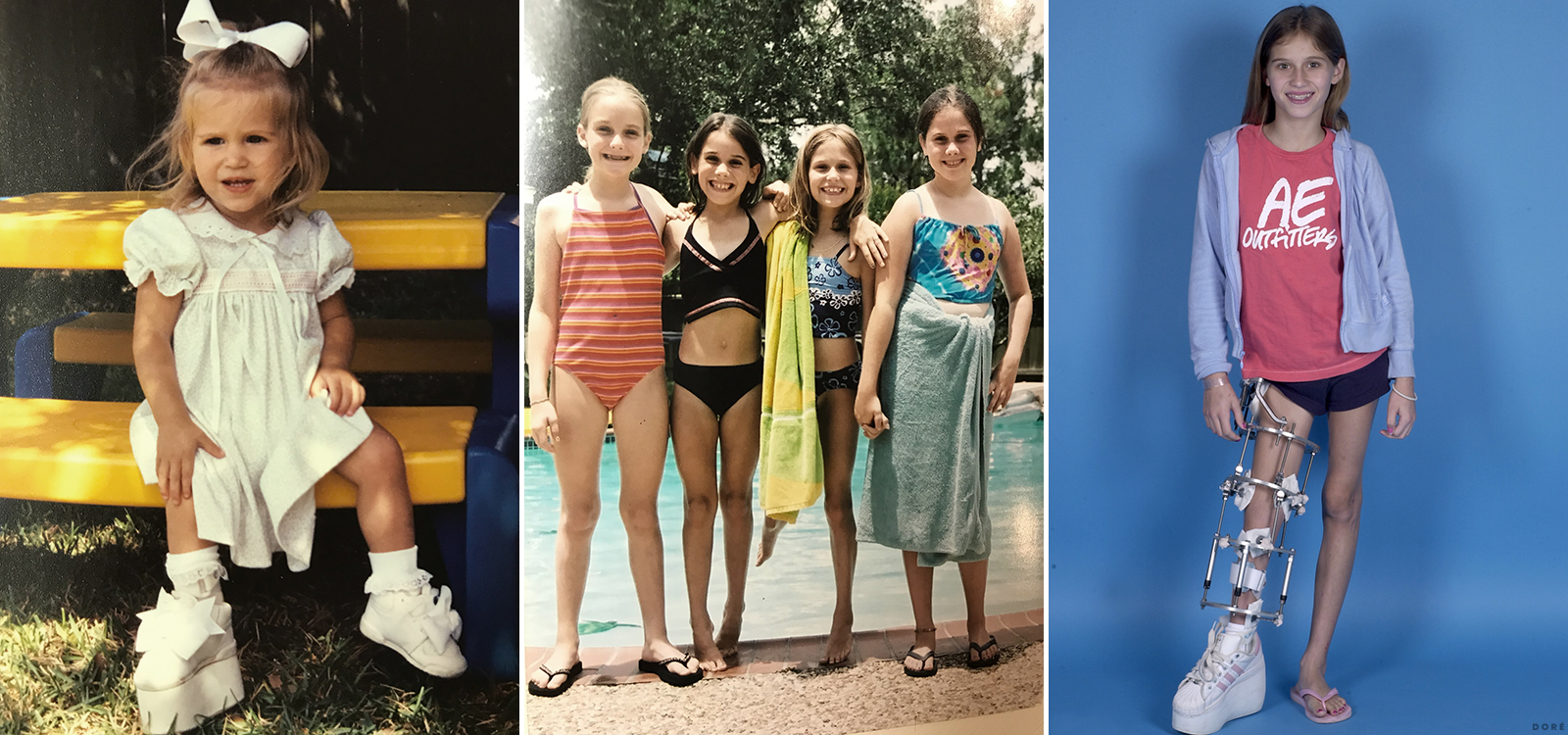
























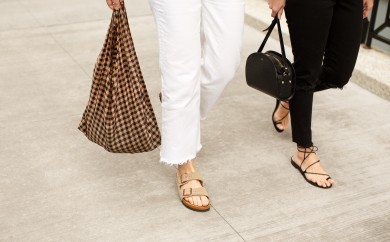
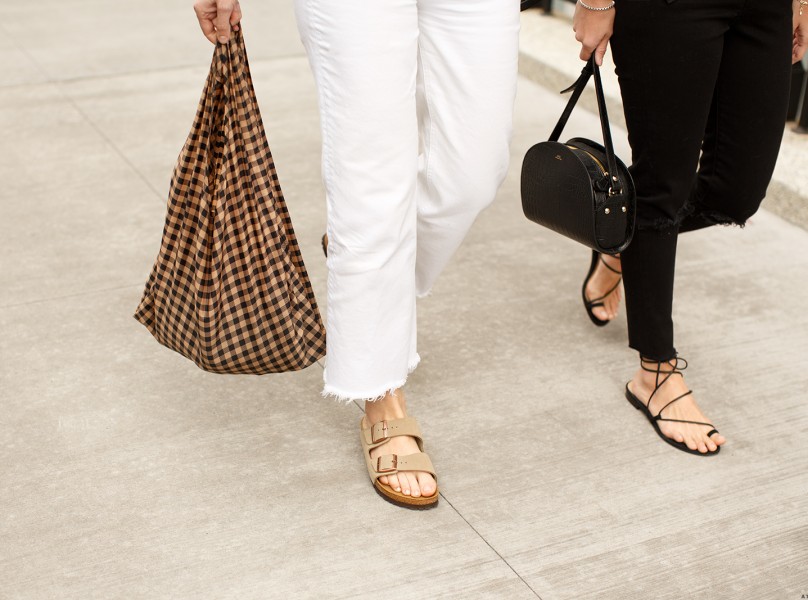
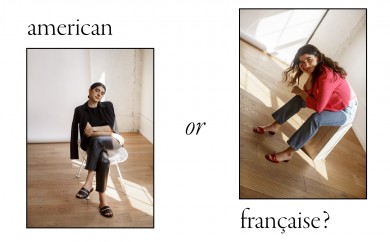
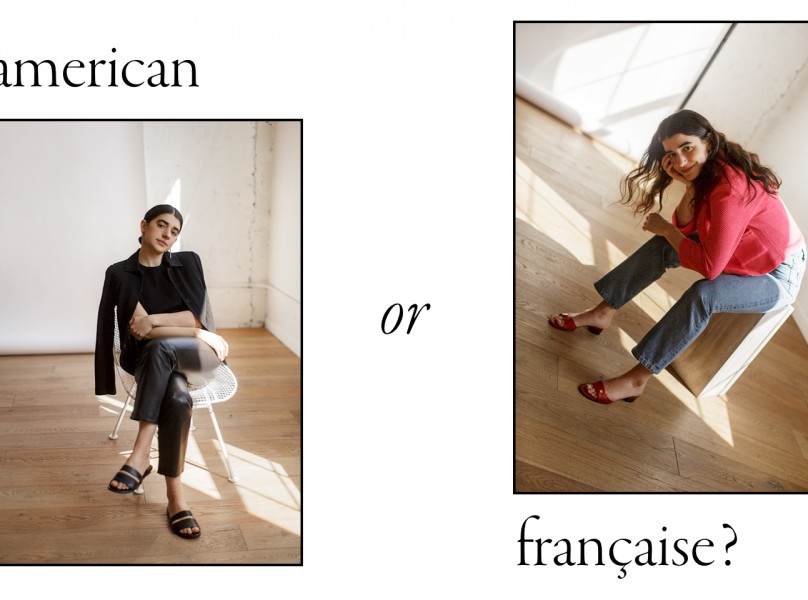
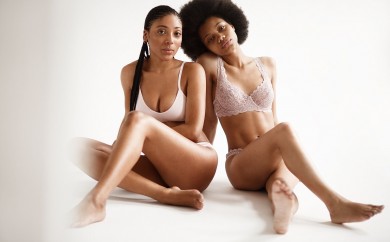
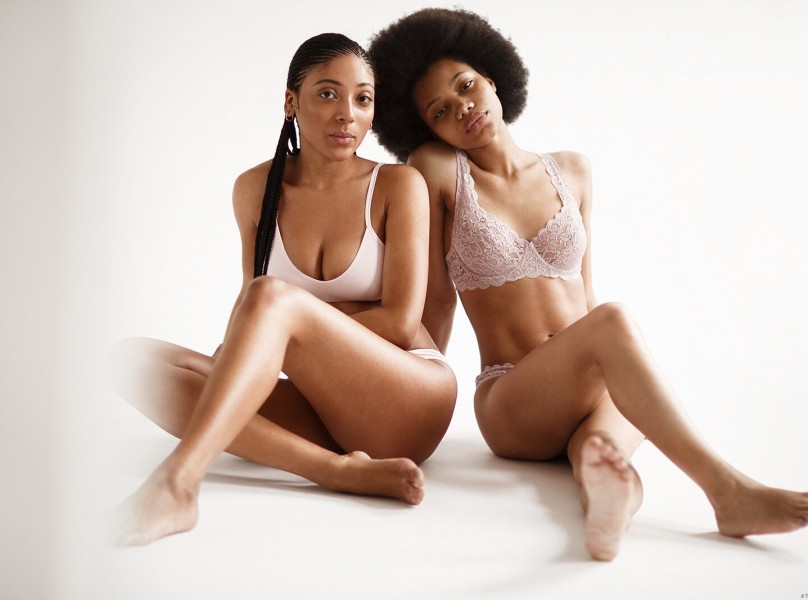
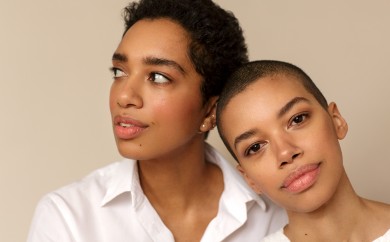
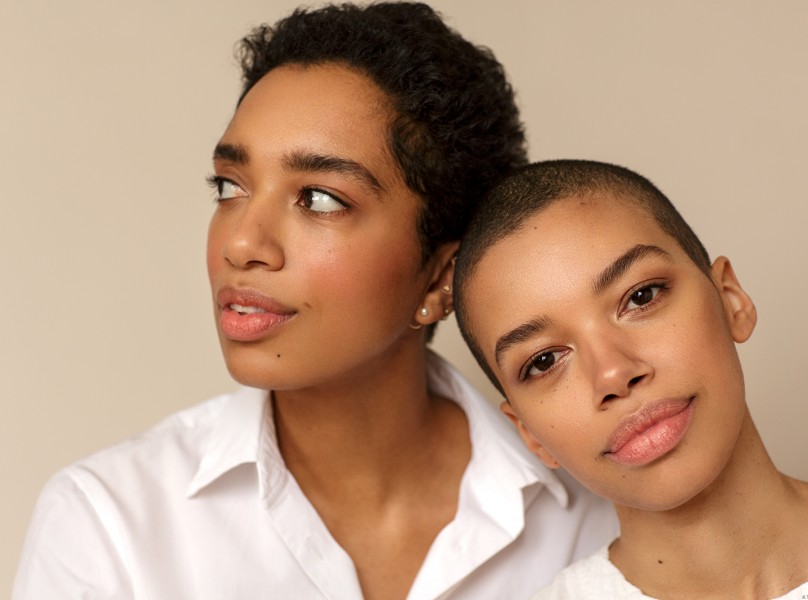


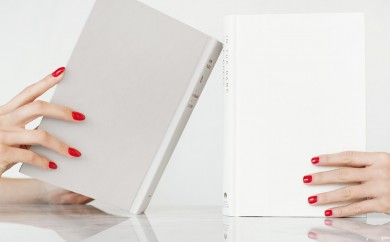
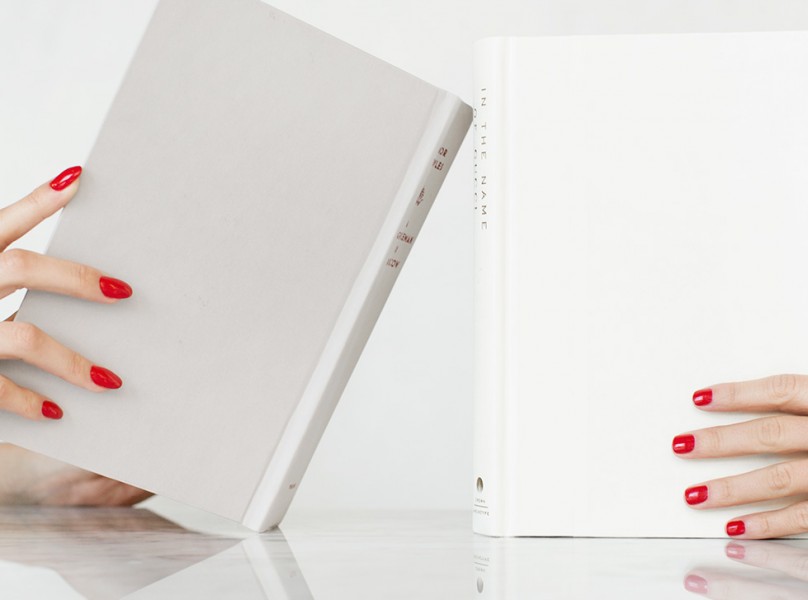
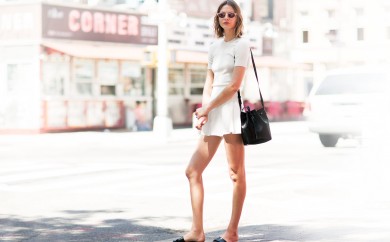

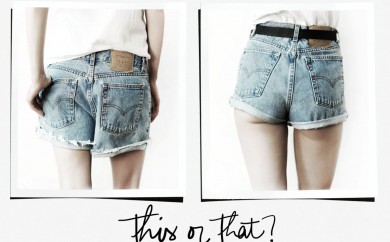
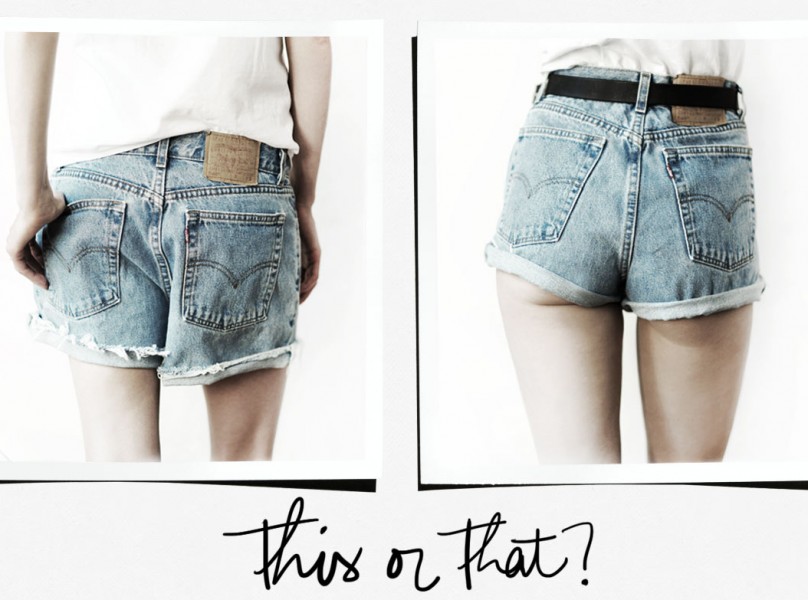
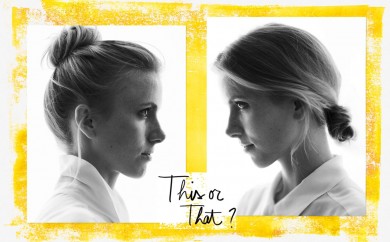
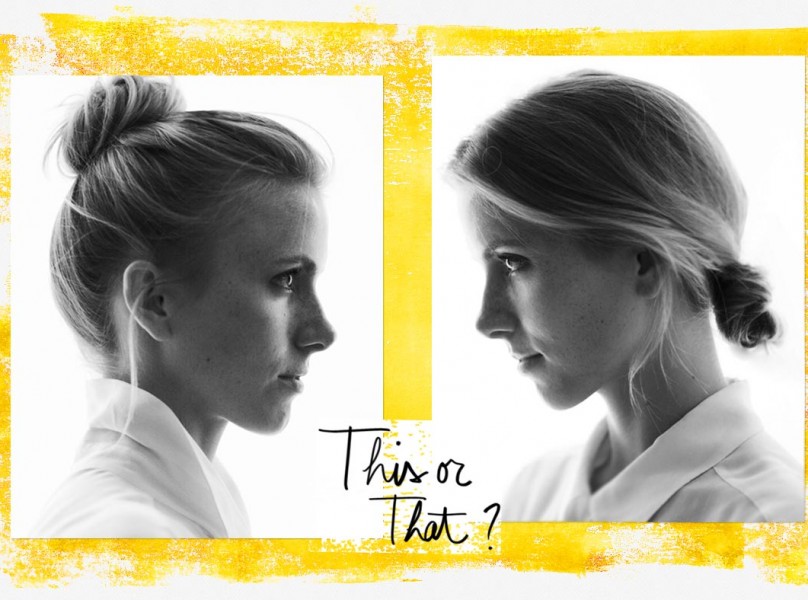

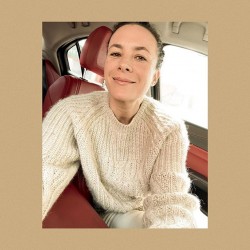

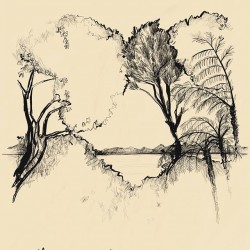
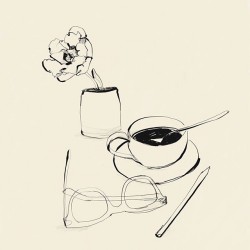
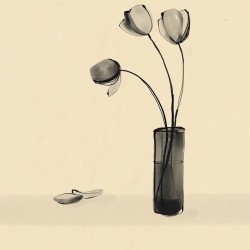
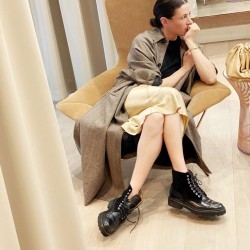

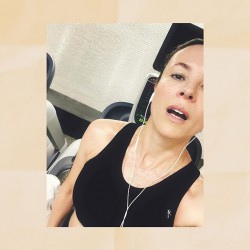
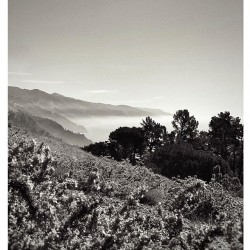
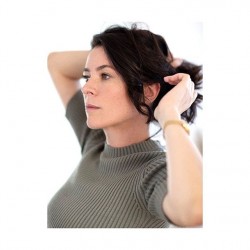
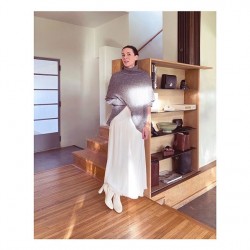
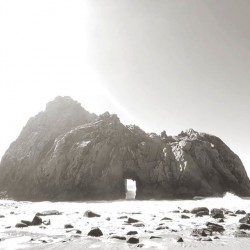

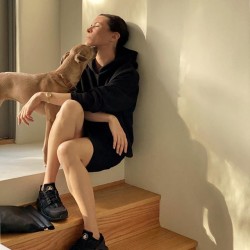
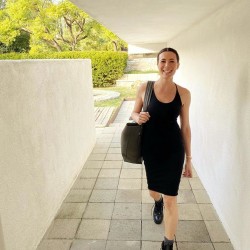
Wow. Thank you for sharing your story. I am so glad that you found happiness, and you have given me much to think about.
So well written, thank you for sharing. You rule, Emma.
Thank you for sharing your experiences; this is such an honest piece. All happiness to you and your family.
I’ve never read a story that so closely aligns with my life and experiences. I was diagnosed with a congenital defect in my tibia as a baby. I had the shoe lifts, surgeries, talks of amputation, crutches (my nickname in high school was “crutch girl”), and metal cages too. And did it all in the late 1990s/early 2000s shadow of the Spice Girls like you did. Thank you so much for sharing this and for letting me have a moment of reflection that was beautiful instead of painful.
This was such a good read. More needs to be written around how act gracefully around people who have “different” features or lifestyles. I think most people just default to pity and don’t think how arrogant/uncalled for it is.
Seconded!
*_*
Thank you for writing this. I was 24 and travelling in Thailand when I had an accident, it will be 20 years ago this January. I broke my tibia and fibula on my right leg, unfortunately the surgery I had there was terrible. I ended up with nerve damage and a footdrop. I coped well and last year I ran a half marathon but sadly a few months after I got a foot injury and am unable to run since. The years I have had to spend with people who stare at my foot when I walk really affects me. Sometimes I catch their eye but mostly I just walk quickly to get away. Maybe something is unresolved in me but since the accident I cannot wear heels which makes me feel less of a woman (this is silly I know!). I loved being able to run and it healed this negative way of thinking but am right back to zero since my second injury. It helped so much to read this, I hope you continue to grow so beautifully!
This is wonderful.
Emma, one of my closest friends’ oldest child (who became herself one of my children’s closest friends) had exactly your situation with her leg. I was right there alongside her and her family as she underwent that leg-lengthening process, which at times was so physically painful for her, and certainly worrisome and stressful for all. But like you, she grew up to be a strong and intrepid human being. I have admiration for you both!
What a story, thank you for sharing Emma
beijinhos negro escondido sufocante
não conte nada nem ninguém
Thankyou for sharing your story…your disability has made you the wonderful woman you are today
Great piece, more like this please!